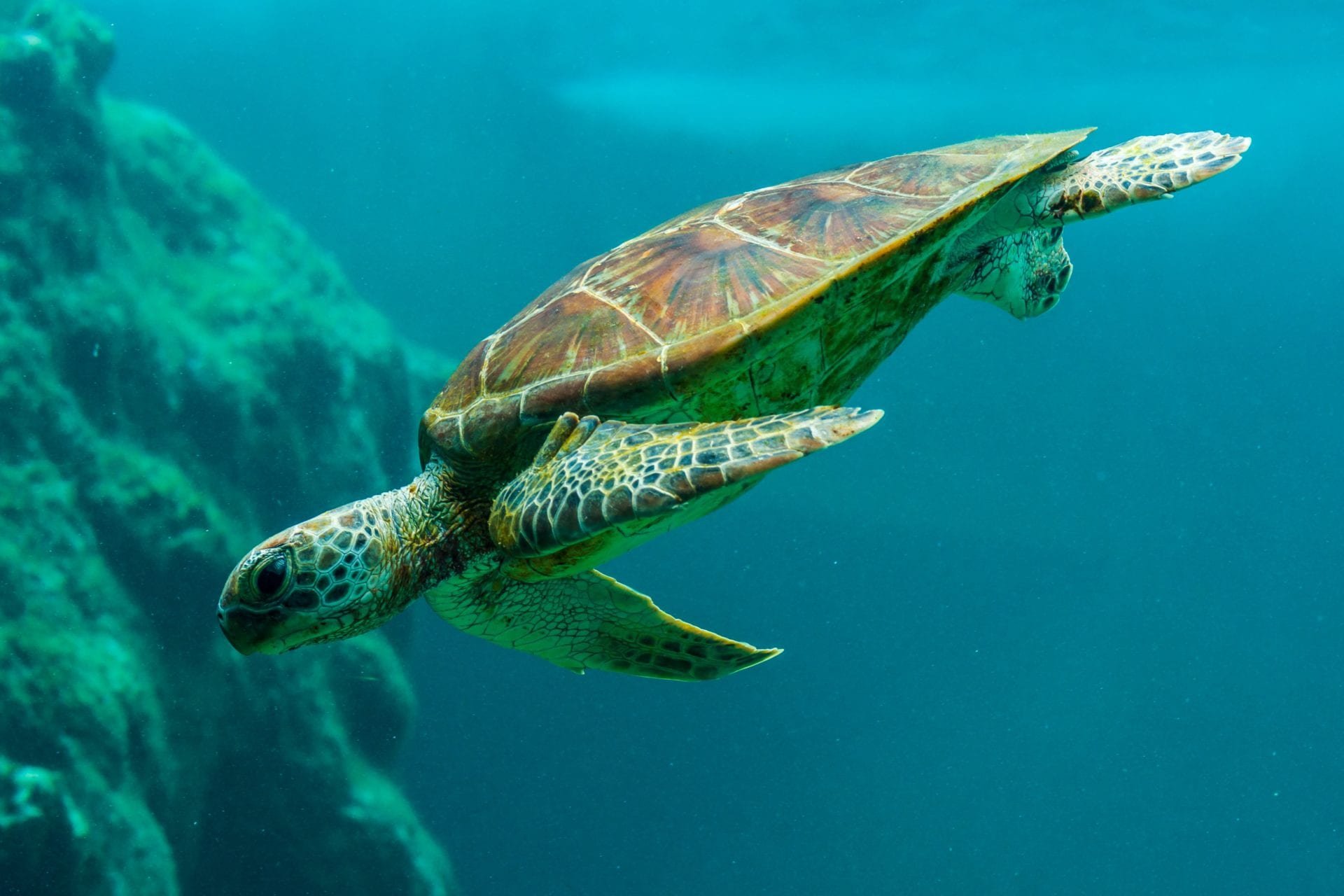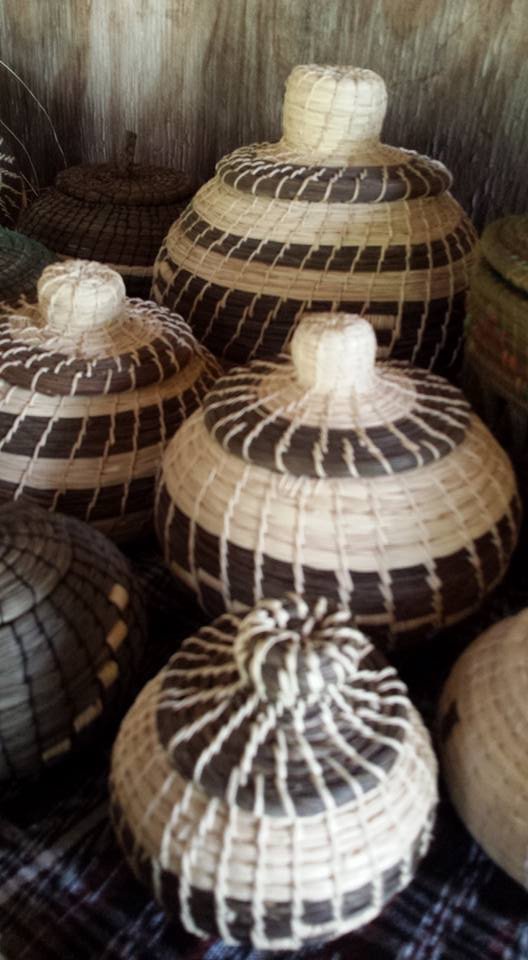Belizean Culture, History, and Environment



















From the Caribbean Sea, to the mangrove swamps, to the pristine jungle and mysterious Maya Mountains, there is something here to quench the thirst of every explorer and connection seeker. Bordered by Mexico, Guatemala, and the Caribbean Sea, Belize has only recently made its mark within the world of global travel, and as adventure-seekers continue to discover and explore its endless opportunities, this beautiful country continues to surprise and delight those who embrace Belize’s many gifts.
Formerly known as British Honduras before its Independence in 1981, Belize has a population of approximately 370,000 people spread over a land area of 8,867 square miles, making it roughly the same size as the US state of Massachusetts, or the country of Wales in the United Kingdom. Placencia, Belize is a charming, low-key fishing village located at the southern tip of the Placencia Peninsula in southeastern Belize. Bordered on one side by a lovely mangrove-lined lagoon and on the other by the Caribbean Sea, Placencia is renowned for having some of the most beautiful beaches in the country with close proximity to the most culturally diverse communities and stunning inland jungle reserves.
In ancient times the country formed a vital part of the Mayan civilization, and since that era successive waves of both forced and unforced immigration have created a Belize that is rich in culture and as ethnically diverse as any country of its size. Belize is home to the Garifuna: descendants of a shipwrecked slave ship, who intermarried with the Arawak Indians of the island of St. Vincent. A short drive from Placencia, the town of Dangriga in southern Belize is considered the spiritual capital of the Garifuna people, as it has the greatest concentration of Garifuna community in Belize. Garifuna people live throughout Belize, but these villages developed with their unique culture, that continues today through song, dance, food, and language.
Owing to its colonial past, English is the official language of Belize, although around one third of the population also speak Spanish and, depending on location, visitors may also hear various Mayan languages, Garifuna, Low German or even Cantonese spoken. All of these however, take a back seat to Kriol, the English-based lingua franca used by virtually all Belizeans in daily communication, no matter their ethnicity.
With an average high temperature of 84°F, Belize enjoys a tropical climate and an extraordinary level of biodiversity and undisturbed ecosystems. The country’s coastline extends 175 miles along the Caribbean Sea and is home to the largest barrier reef in the Western Hemisphere, and the infamous Blue Hole. Beyond the beaches and amazing maritime adventures lie pristine jungles, mountains and rivers. Dotting every part of the country – both above and below ground – lie countless Maya sites, some restored to their former majesty while others still await discovery.

